
Originally Posted by
dazza

Thanks Chris. I did recognise Donald Rumbelow from a JTR walking tour I did some years back. And I also welcomed the CGI reconstruction of the murder sites - based on Charles Booth's
poverty maps and other contemporaneous material. I'll look forward to the second episode next week.

Hi Dazza
Newer researchers such as Chris Scott, Neal Shelden, Jim Bennett, Robert Clack, Debra Arif, Philip Hutchinson, and Neil Bell are pursuing more factual information about the murders, including finding out more about the victims, the neighborhood where the crimes occurred, and the careers of the policemen involved in the case. Since the late 1990's a number of researchers including those named above and the much-published Stewart Evans and Keith Skinner, have taken a much more objective and careful view of the murders rather than merely publishing books on particular suspects as was the way in the past. Don Rumbelow, whom I have met on a number of occasions, both here in the USA and in England, was a pioneer in publishing a book (The Complete Jack the Ripper, 1975) that took an objective view of the murders. As you may know he is a former City of London policeman and at one time was in charge of the City Police crime museum.
Chris





 Reply With Quote
Reply With Quote
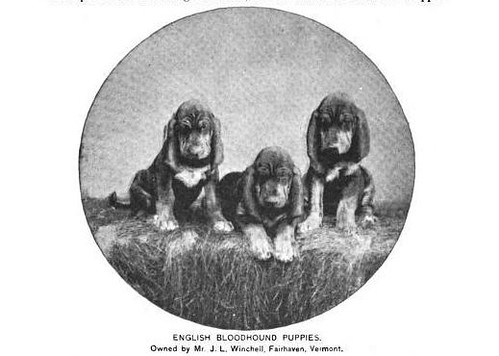

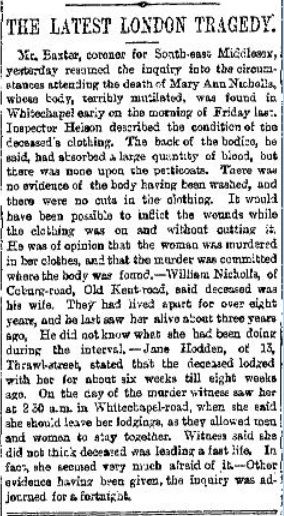
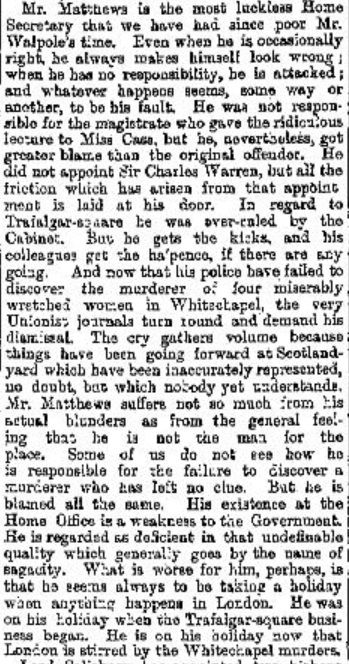



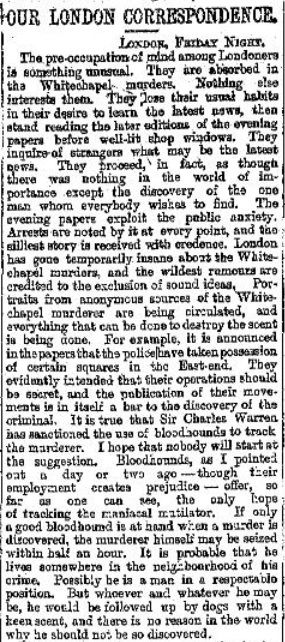

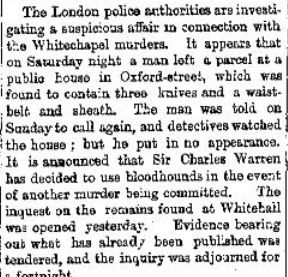
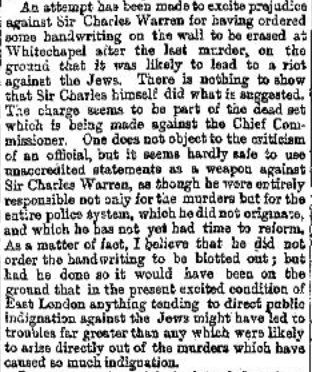
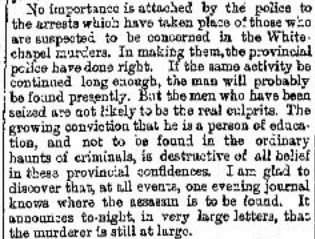

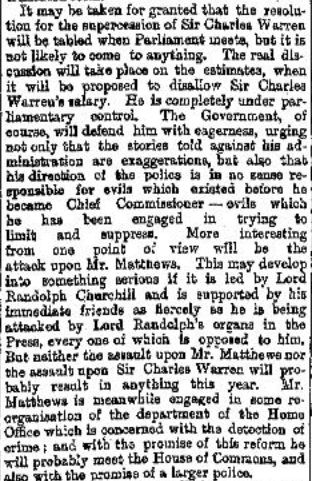
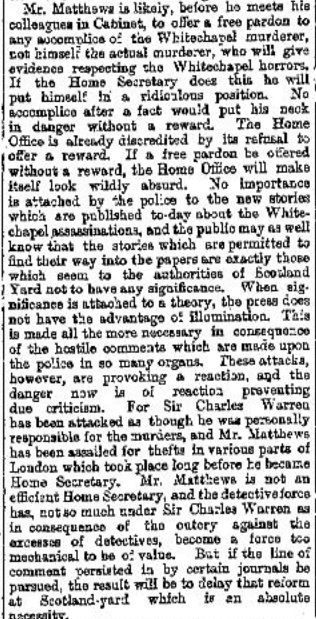
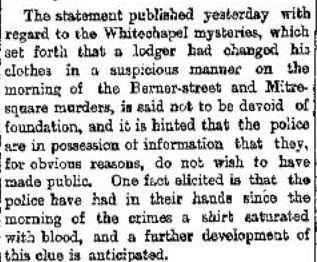
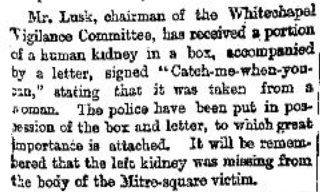


Bookmarks